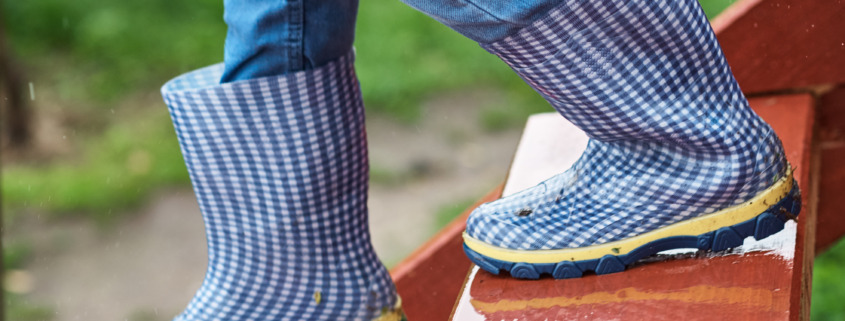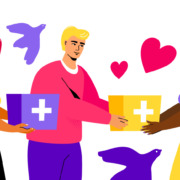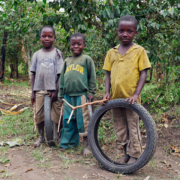Can you protect a child too much?
A Washington Post article recently highlighted the work of a research professor of psychology and neuroscience at Boston College. He studies the “dwindling of independent activity and play afforded to children over the past half-century, and the accelerating rise in mental health disorders and suicides among youth during that same period.”
This, in turn, reminded me of news reports on parents accused of neglect for allowing their children a modicum of freedom. For instance, in 2015 a Maryland couple was investigated for allowing their children to walk home from a neighborhood park. They were “found responsible for unsubstantiated child neglect” by Maryland Child Protective Services. “In [this] case,” the ABC News report stated, “this means they allow their two children… 10 and 6, to play outside and walk home by themselves.”
The town of Teaneck, New Jersey passed a “Reasonable Childhood Independence” ordinance. “It states that letting kids have normal independence, like walking and playing outside, should not be classified as neglect.”
I am old enough to be shocked. By these standards, my parents would have been thrown in a dungeon and their children relegated to foster care any day of any week. Ditto all my friends’ parents. There were no cell phones back then. You walked to school with other kids or older siblings from kindergarten age. By 8 or 9, you went outside after a parental “don’t go far,” and your parents hadn’t a clue where you were until you wandered back to the house. They never knew what you were doing because you were always doing things you shouldn’t and then lying about it.
Every evening around 5:00 or 6:00 pm, you’d hear a cacophony of hollers, whistles, and bells—parents calling their children home via their noisemaker of choice. Then, by age 11 or 12, all bets were off. You and your friends wandered freely. I recall spending a lot of time getting to the local mall via an underground storm drain—the kind with signs warning you to stay out for fear of flash floods, diseased animals, body parts and what have you. The tunnel started almost 4 feet tall, eventually narrowing to about 2, requiring a belly crawl to make it through.
“Parents today are regularly subject to messages about the dangers that might befall unsupervised children and the value of high achievement in school,” writes David F. Bjorklund, a professor in the Department of Psychology at Florida Atlantic University’s Charles E. Schmidt College of Science. “But they hear little of the countervailing messages that if children are to grow up well-adjusted, they need ever-increasing opportunities for independent activity, including self-directed play and meaningful contributions to family and community life, which are signs that they are trusted, responsible, and capable.”
While parental trust only went so far, I can’t imagine my childhood distinct from the adventures, misadventures, ridiculously stupid antics, and death-defying stunts that independence afforded me. Technology and media have allowed understandable parental fears to multiply while providing the tools to accomplish their primary task—protecting their children—with newfound rigor. I hope it is not a horrible irony that the quest to keep children safe is the one that puts them in another sort of danger.
Leonce Gaiter – Vice-President, Content & Strategy









